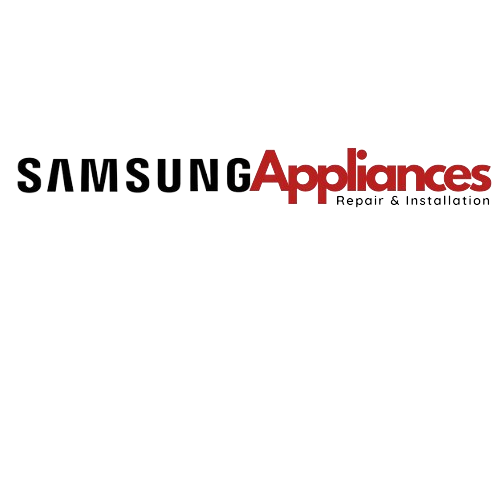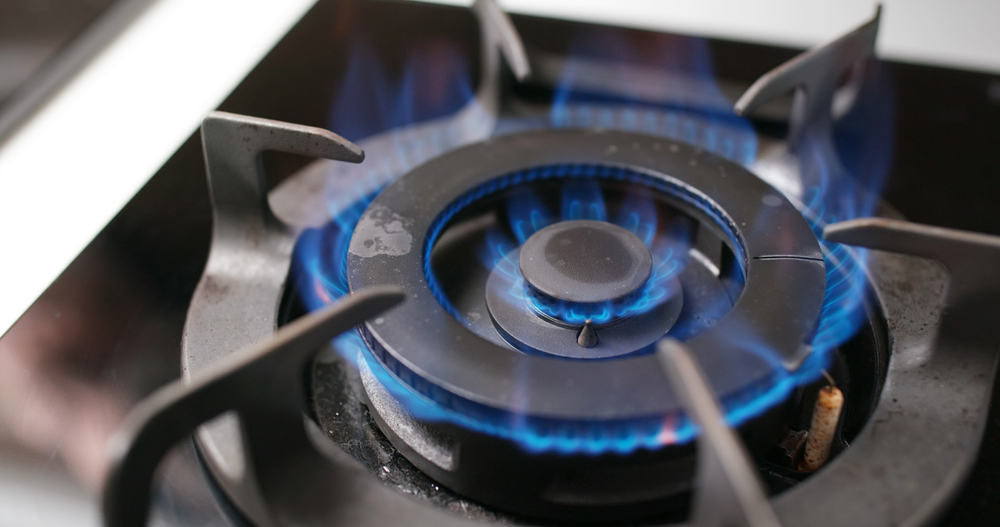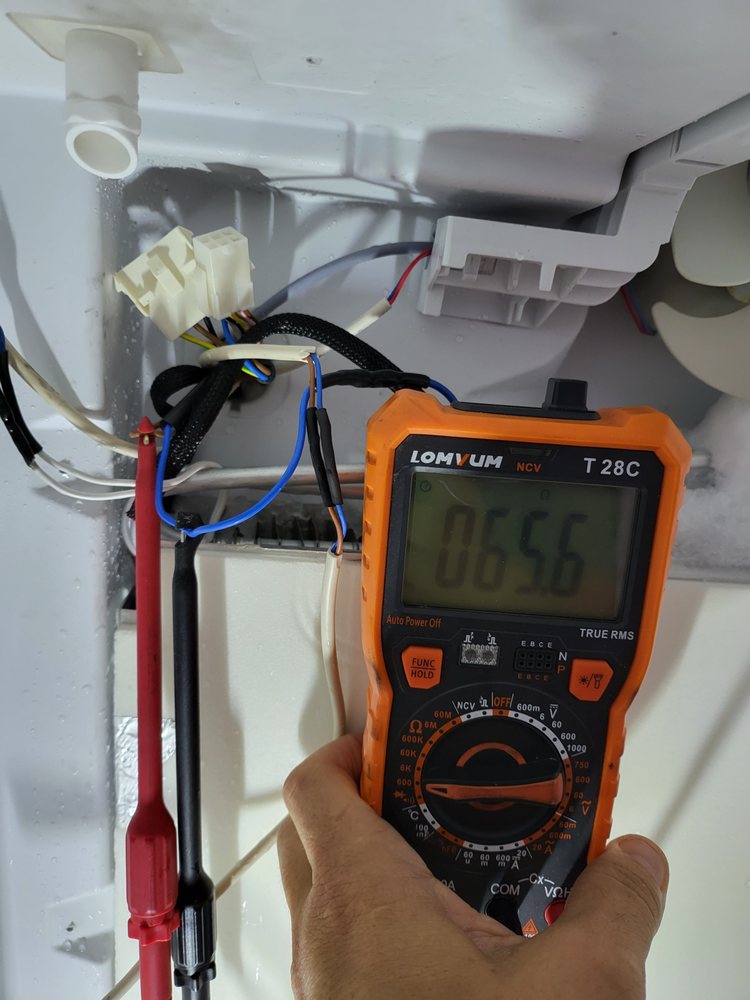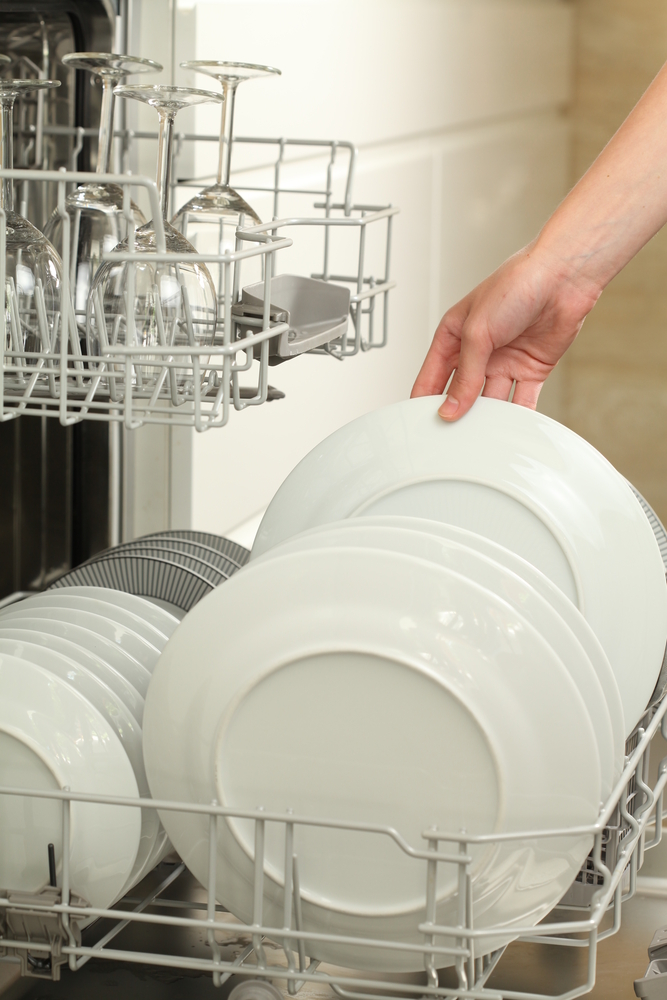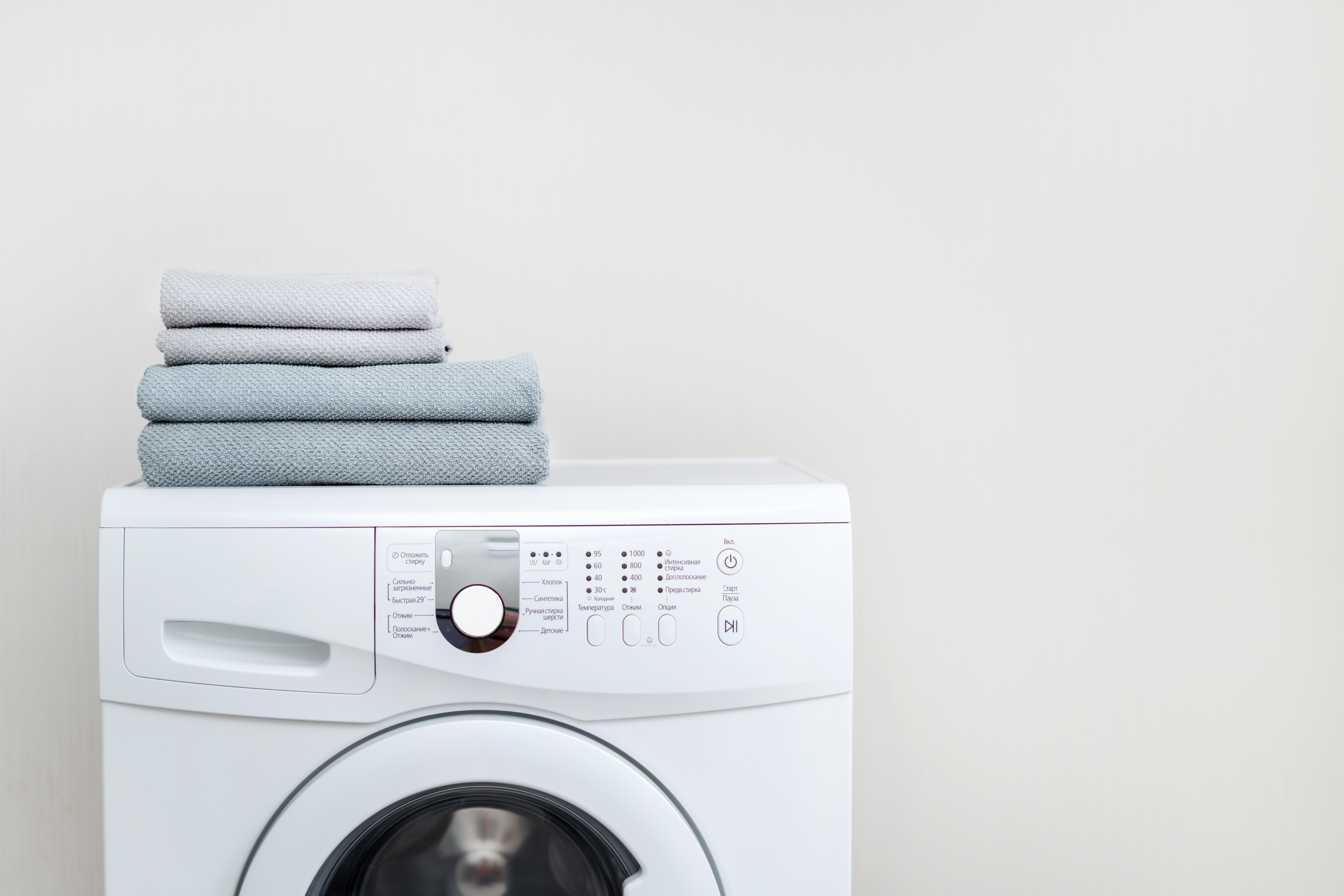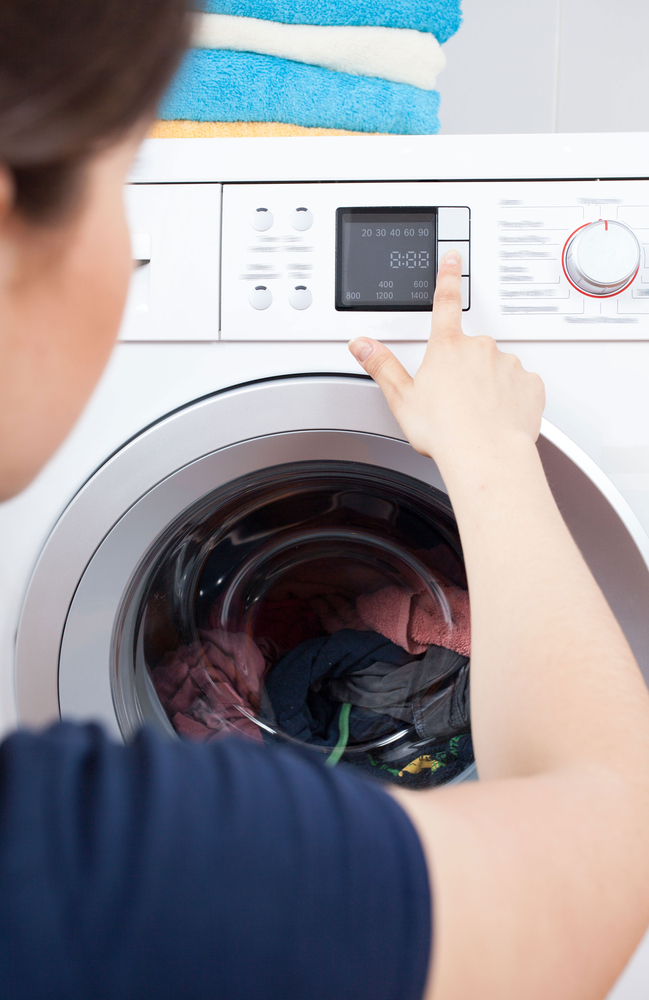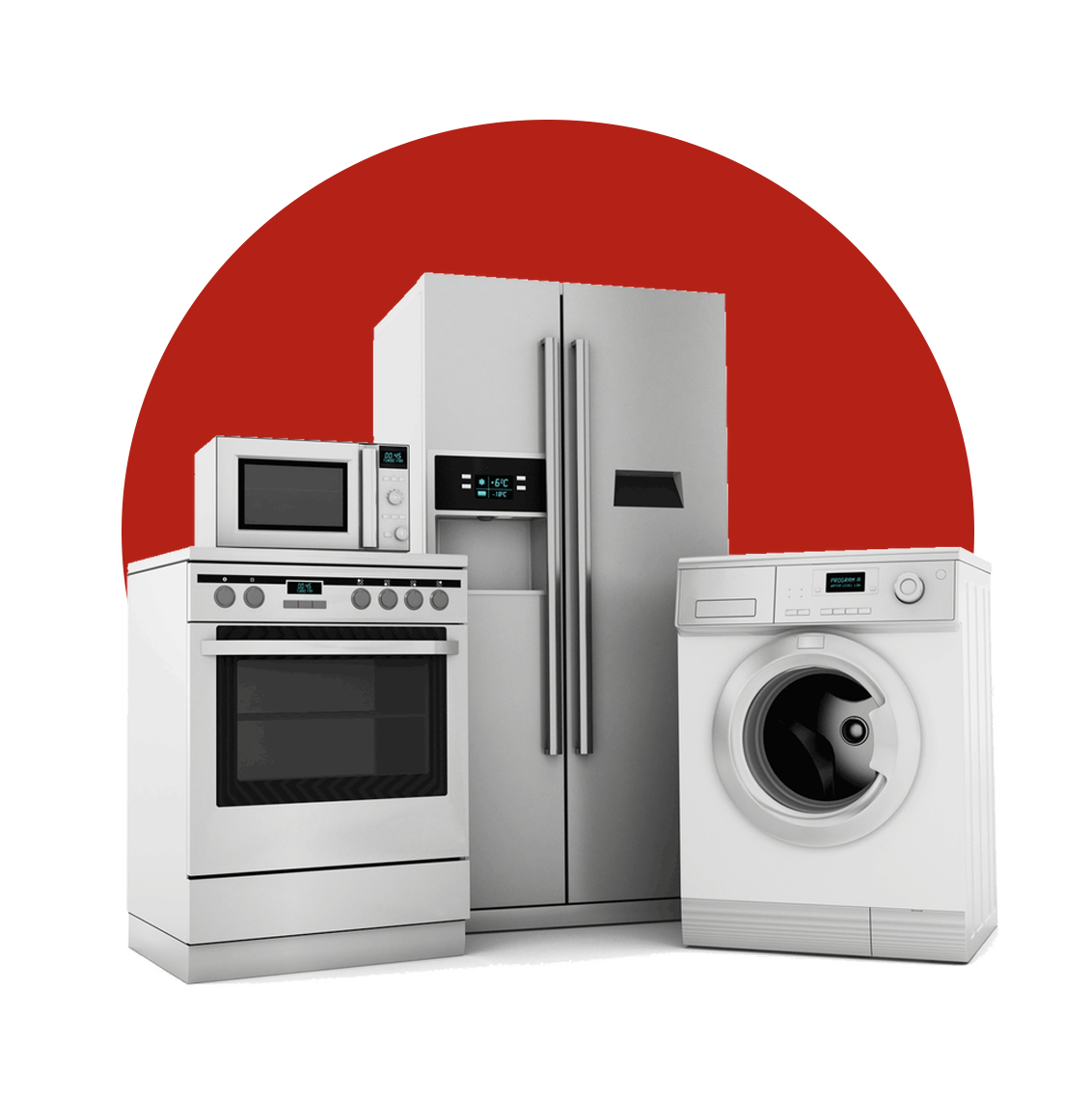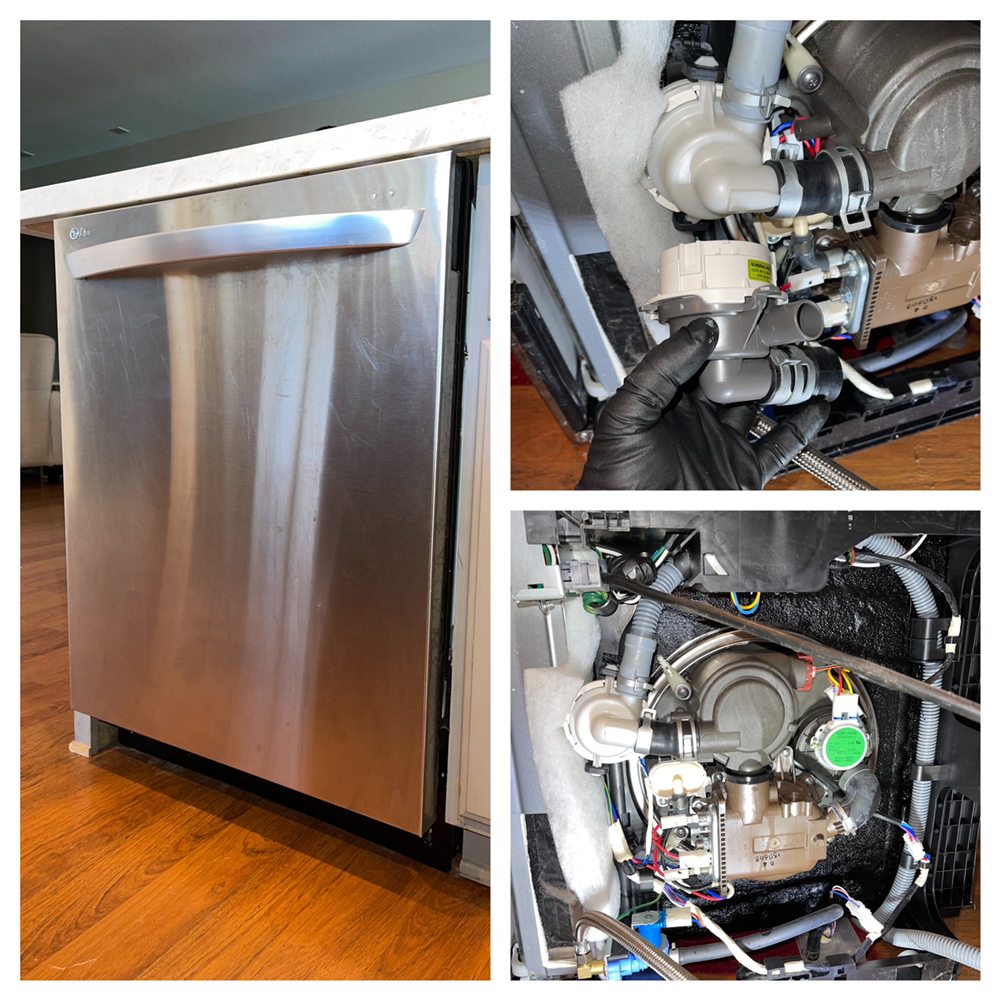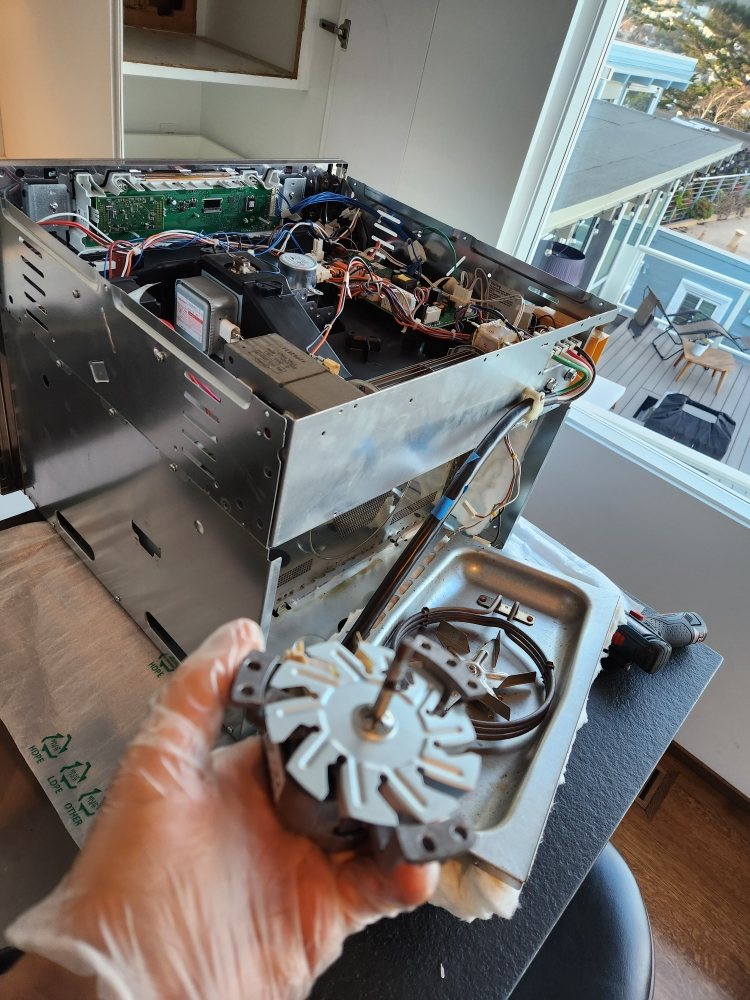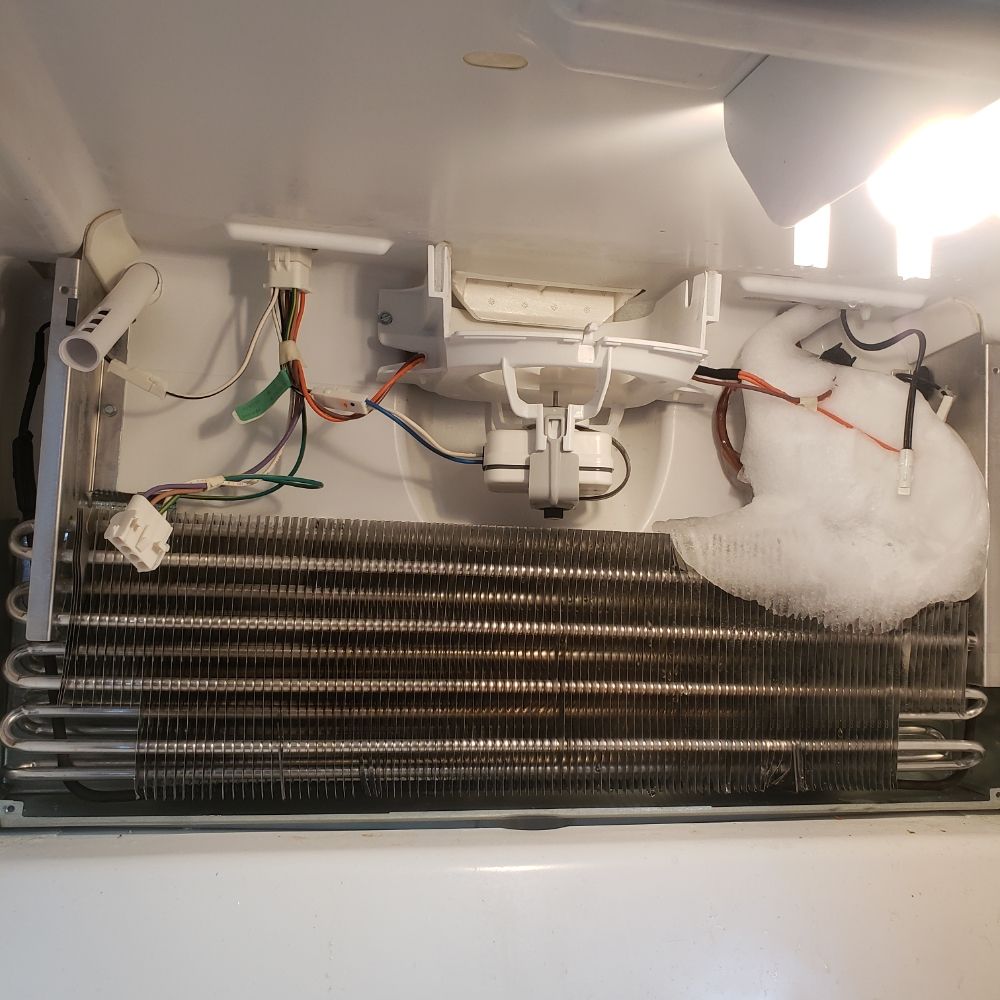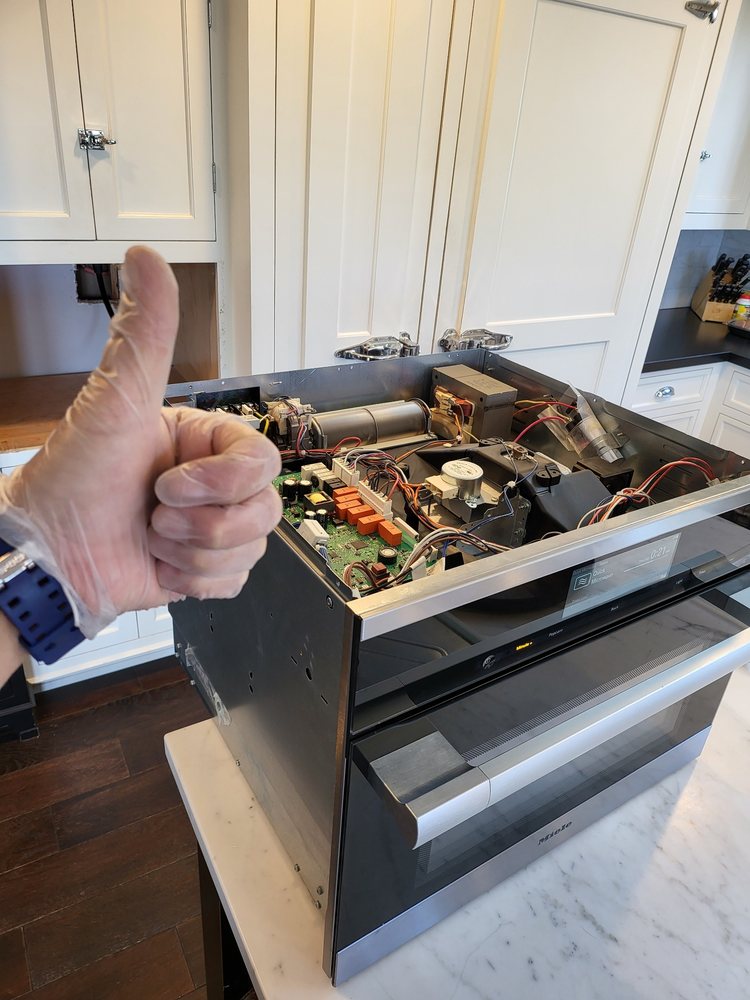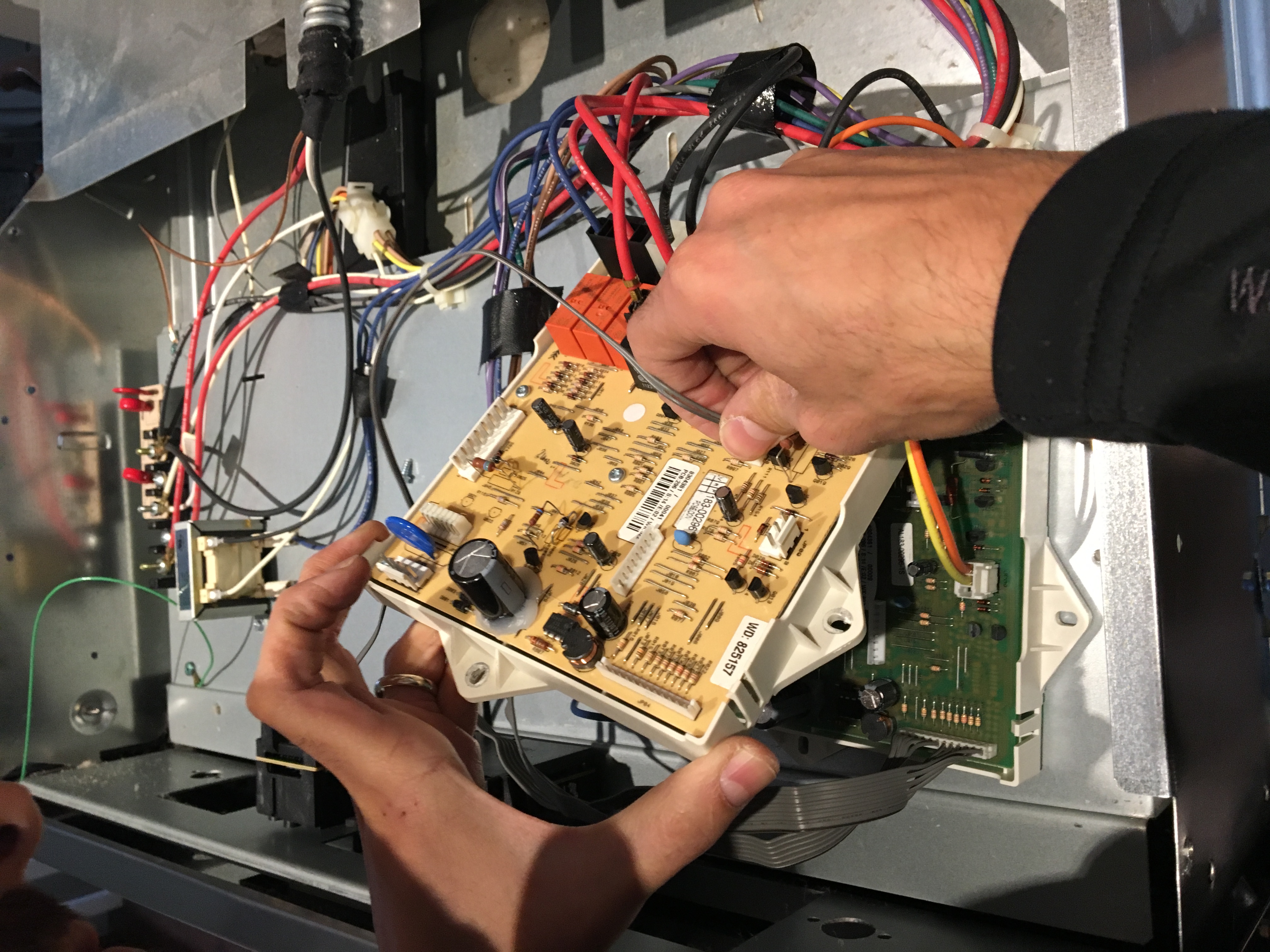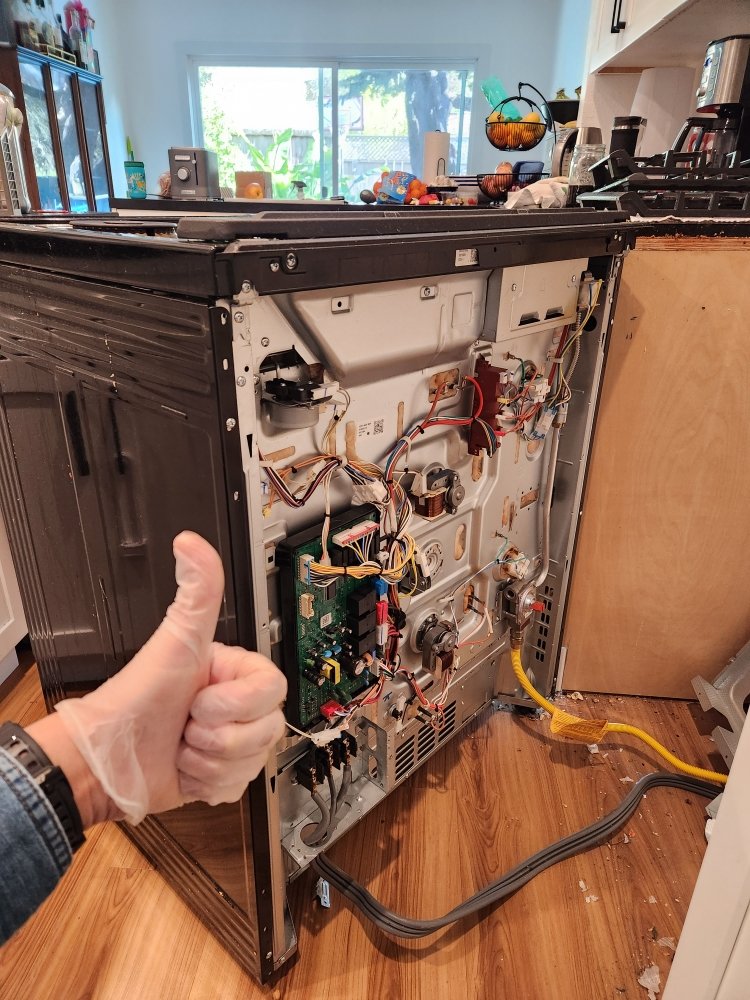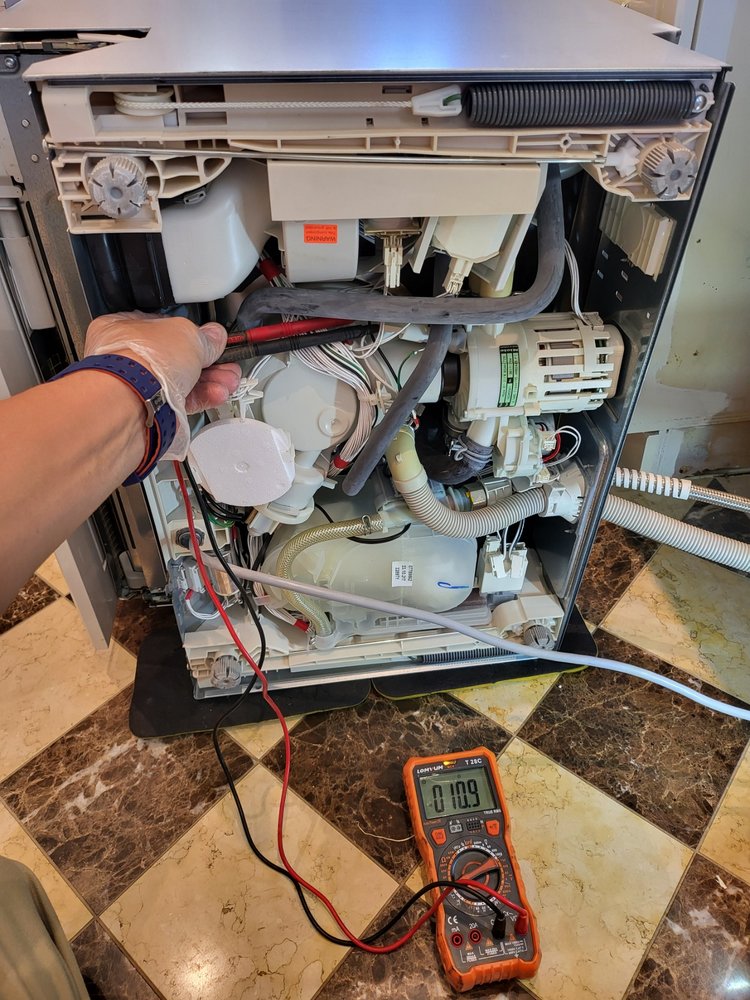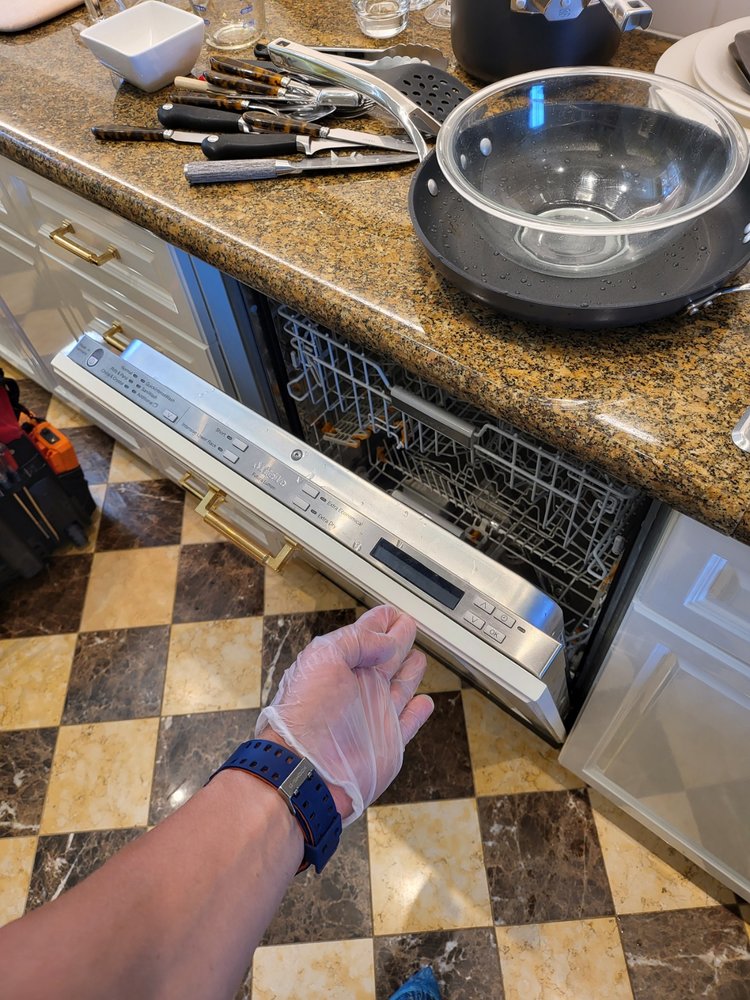Samsung appliances are known for their innovation and efficiency, but like any appliance, they can encounter issues from time to time. Understanding the common problems that Samsung appliances may face can help you troubleshoot and resolve issues quickly, saving you time and money on repairs. In this guide, we'll explore some of the most frequent problems experienced with Samsung appliances and provide tips on how to address them.
Refrigerator:
Not Cooling Properly: One of the most common issues with Samsung refrigerators is inadequate cooling. This can be caused by a variety of factors, including a malfunctioning evaporator fan, a faulty compressor, or a blocked condenser coil. Check the temperature settings, ensure proper airflow around the refrigerator, and clean the condenser coil regularly to prevent cooling problems.
Ice Maker Malfunction: Samsung refrigerators with built-in ice makers may experience issues such as ice buildup, slow ice production, or ice dispenser not working. Inspect the water inlet valve, ice maker assembly, and water filter for any clogs or damage. Regularly defrost the freezer and ensure proper water supply to the ice maker to maintain its functionality.
Washing Machine:
Drainage Problems: If your Samsung washing machine is not draining properly, it could lead to water pooling inside the drum or error codes indicating a drainage issue. Check for clogs in the drain hose, pump filter, or drain pump itself. Clear any obstructions and ensure the drain hose is properly installed to allow for smooth water flow.
Unbalanced Load Errors: Samsung washers may display error codes indicating an unbalanced load, causing the machine to stop mid-cycle. Make sure to distribute the laundry evenly inside the drum and avoid overloading the washer. If the problem persists, check for damaged or worn suspension rods and replace them if necessary.
Dryer:
No Heat: A Samsung dryer that is not producing heat can be caused by a malfunctioning heating element, thermal fuse, or thermostat. Check these components for continuity using a multimeter and replace any faulty parts. Additionally, ensure proper ventilation to prevent lint buildup, which can impede airflow and affect heating performance.
Noisy Operation: Loud noises during operation, such as banging or squealing, may indicate worn drum rollers, idler pulleys, or belts. Inspect these components for signs of damage or wear and replace them as needed. Regularly clean the drum and remove any objects that may cause friction or imbalance.
Dishwasher:
Not Draining: If your Samsung dishwasher is not draining properly, it may result in standing water at the bottom of the tub or error codes indicating a drainage issue. Check the drain hose, filter, and drain pump for any obstructions or debris. Clean the filter regularly and ensure proper installation of the drain hose to facilitate smooth water drainage.
Leaking: Leaks from a Samsung dishwasher can occur due to damaged door seals, loose connections, or a faulty inlet valve. Inspect the door gasket for signs of wear or damage and replace it if necessary. Tighten any loose fittings and check for cracks in the inlet valve, replacing it if leaks persist.
